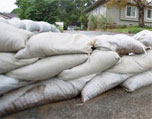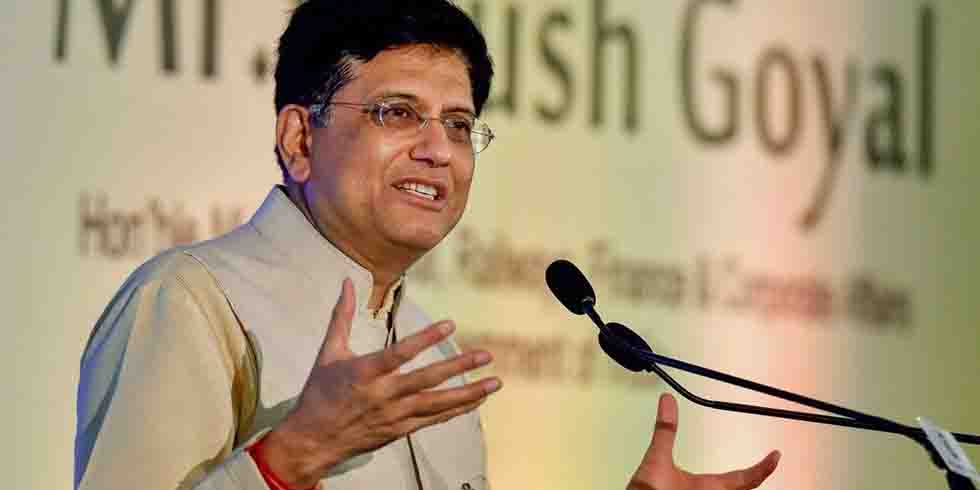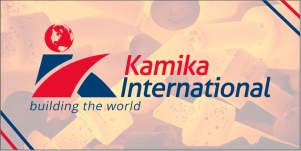LAUSANNE: LC3, a low-carbon cement jointly developed by Indian and Swiss researchers, is set to grow in India where the demand for cement will increase hugely as the country embarks on a $1 trillion infrastructure development plan.
"We are in touch with several agencies including the National Council for Building Material in India. They have all shown keen interest in the material," said Karen Scrivener, Full Professor, Construction Material Laboratory at Ecole Polytechique Federale De Lausanne (EPFL), a leading technology institute in Switzerland.
"We will be able to strengthen the relationship (with India)," said Scrivener during a recent presentation at EPFL.
After having tested its efficacy in pilot programmes, the objective is to make LC3 a standard general-use material and a feasible and viable product for sustainable development in global cement market, she said.
The Limestone Calcinated Clay Cement (LC3) can help reduce CO2 emissions by about 30 per cent and is made using limestone and low-grade clays. It is also cost-effective and does not require intensive modifications to existing plants to adapt to production of the new type of cement, Scrivener said.
"We hear that concrete is responsible for 5-10 per cent of man-made CO2 emissions. But this is remarkably low considering that it makes up about 50 per cent of everything we produce. It is the only material which can satisfy the growing demand for construction," she said.
The demand for cement is increasing hugely in the fast- growing Indian economy and it is imperative that the growth is synergised with ecologically sustainable material and technology, she noted.
The government has said there is immediate potential for investments totalling $1 trillion to build infrastructure. It also has plans for 100 smart cities to give a fillip to urbanisation.
The research partners in the project funded by Swiss Agency for Development and Cooperation, include IIT Delhi, IIT Madras, IIT Bombay and Delhi-based Technology and Action for Rural Development.
Scrivener said the real challenge is, however, to keep the demand up, lower the environmental impact and enhance resource efficiency. It is here that the LC3 is a viable alternative.
"Very few alternatives are available in quantities to Portland clinker. Only material potentially available in valuable quantities is calcinated clay and limestone," she said.
The project has already made an evaluation of the market. The "market is ready to buy it," Scrivener added.
Indo-Swiss project in low-carbon cement to get boost in India










Add Comment